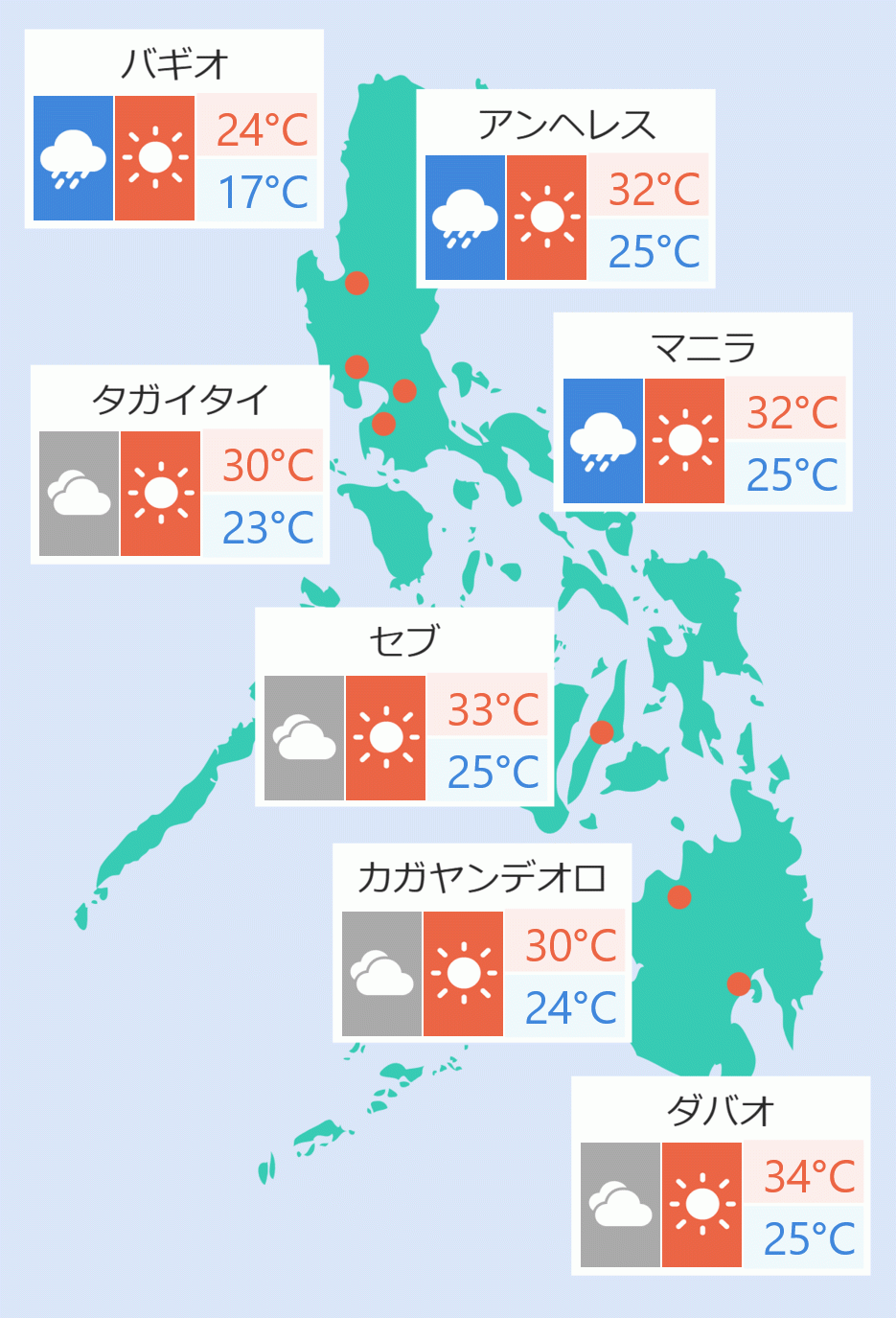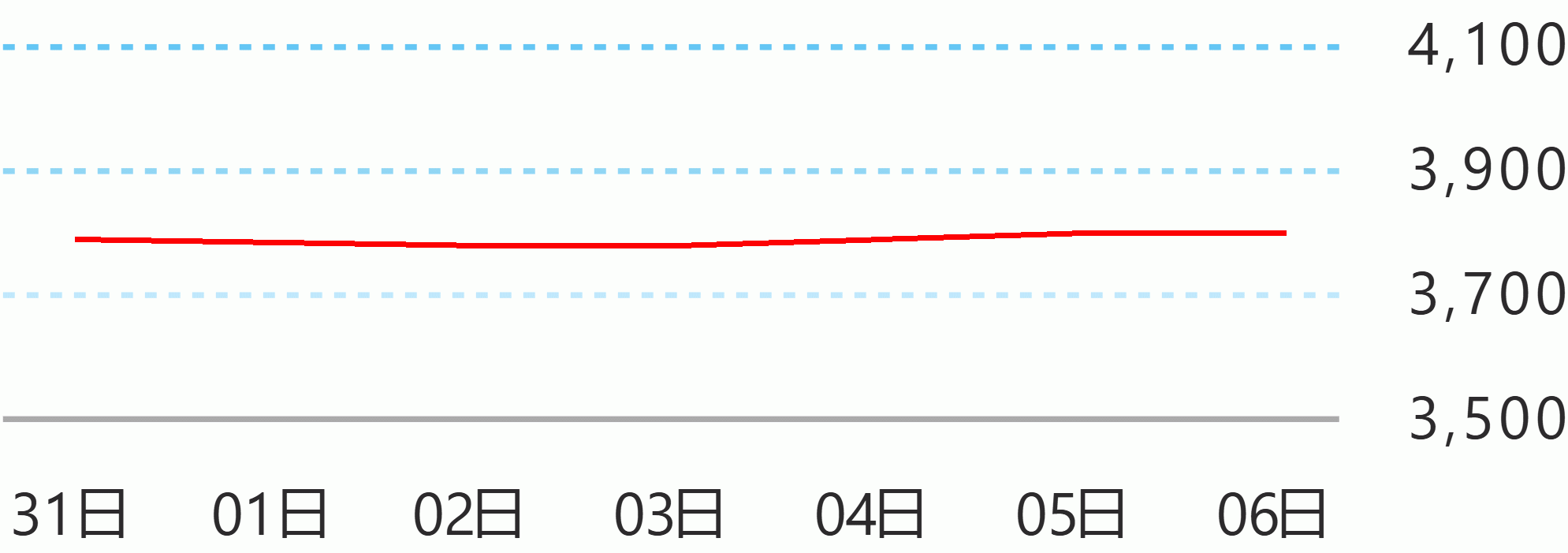Despite the coronavirus pandemic, Transportation Secretary Arthur Tugade said the partial operation of Metro Manila subway station is targeted to start before the end of 2021.
"What is partial operability? It is from Valenzuela up to North Avenue in Quezon City. We hope to open this before the end of 2021. The contractor said its February 2022, but I said let's make the target opening of partial operability as Christmas gift for 2021," Tugade said during the Virtual Media Factory Tour and Factory Acceptance Test of the Metro Manila Subway Project on Friday.
"You will experience riding first subway before the end of the term of our beloved president, President Rodrigo Duterte," he added.
Tugade added that the pandemic also have an impact on the subway project but he assures that the project will not be stopped by COVID-19.
"This is why we are having our meeting today to show that although there is a pandemic, our project will continue," he said.
"The whole subway project may be completed by 2024 or 2025," he added.
In his speech, Japan Ambassador to the Philippines Koji Haneda emphasized that the project will also give massive employment for Filipinos.
"As a steady and strategic partner of the Philippines, Japan will follow through until the end?until we all see the light at the end of the tunnel. Even if it gets rough, our firm commitment to this country will not be shaken. In the upcoming construction stage, the Metro Manila Subway project is expected to generate a lot of employment and help stimulate local businesses reeling from the COVID-19 crisis," he said.
"I hope it can help lead the Philippines to a possible V-shaped economic recovery, while it lays down the foundation for a more prosperous next generation. I look forward to marking another milestone with you, our partners, in our quest to make the Metro Manila Subway a staggering success," he added.
Tugade said the project will provide 9,000 persons direct employment and around 40,000 to 50,000 indirect employment.
Transportation Undersecretary for Railways Timothy John Batan said a total of six tunnel boring machines (TBM) will be used for the partial operability section of the Metro Manila Subway project while 25 TBMs are needed to complete the entire 34 kilometer project.
"Towards this goal, today we mark another milestone for the Metro Manila Subway Project as we give our friends in the media and the public a virtual tour of the six Tunnel Boring Machines that are currently being manufactured by JIM Technology Corporation at their factory in Tsurumi, Japan," he said.
"Measuring 6.99-meters in diameter and 95-meters in length, each of these 700-ton TBMs will be used for the Partial Operability section of the project from Barangay Ugong in Valenzuela City to North Ave. in Quezon City," Batan noted.
"Each of these gigantic machines can lay down up to 12 meters of tunnel segments per day, and excavate, daily, up to 600 cubic meters of soil," he added.
Tugade also assures that the Metro Manila Subway will not be affected by the perennial flooding in the metropolis.
"Bear in mind that the location in Japan is worst than the location in the Philippines which is below sea level as they may call it. The subways in Japan are never flooded and they are using that technology and that is the same technology we are using," he said.
"Will there be flooding in the subway? No, what is the assurance? JIMT is the assurance. The technology of our Japanese construction partners is the assurance. Their experience is the assurance in the matter of perennial flood in the Philippines... that was considered in formulating the details of the 1st Manila subway station," he added.
Batan said "the 34-kilometer Metro Manila Subway Project, with its 17 stations from Valenzuela to NAIA Terminal 3 and FTI, is expected to excavate approximately 7.7 million cubic meters of soil, or the equivalent of 3,100 Olympic size swimming pools."
"A Tunnel Boring Machine's sheer size and power will not only contribute to faster tunneling and project completion, but will also significantly reduce disruption above ground during construction," he said.
The first completed TBM is scheduled to arrive in the Philippines by the end of January 2021, with the second TBM following shortly after in February 2021, Batan added. Robina Asido/DMS





 English
English









